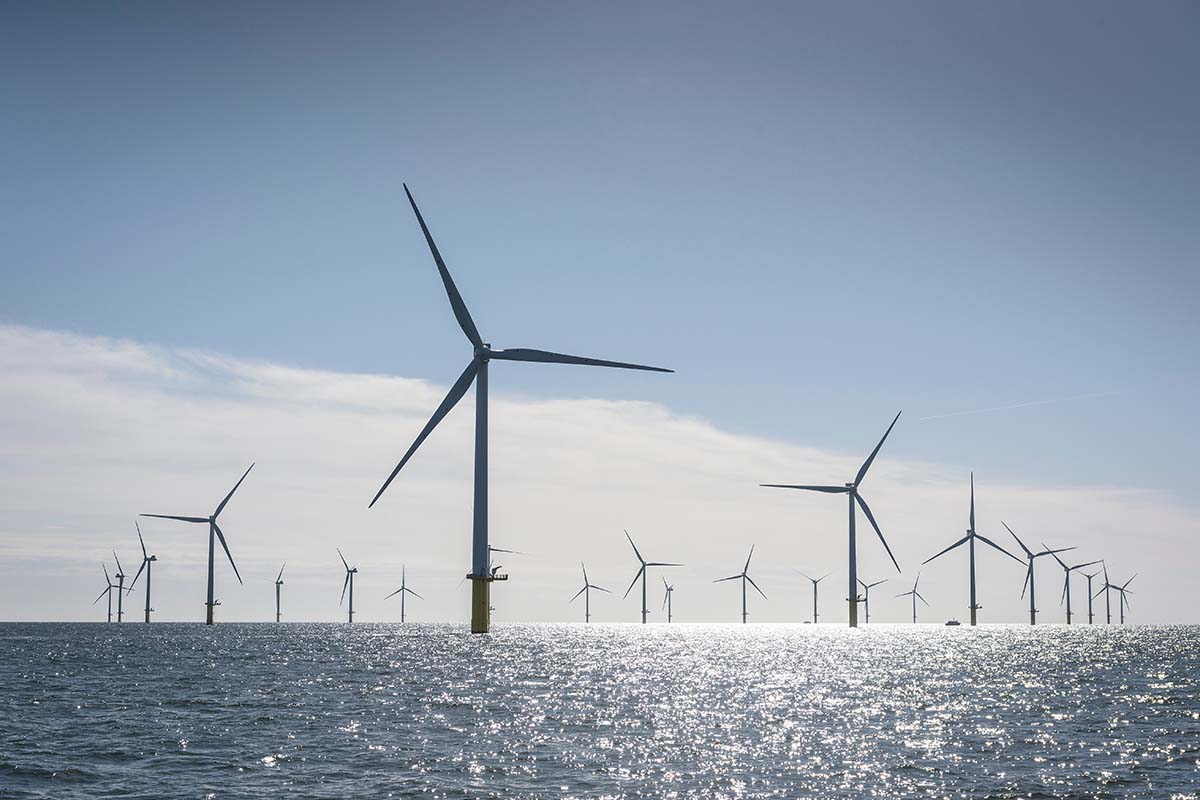
A more integrated approach to the deployment of offshore energy networks is needed as a key enabler for net zero or the sea ‘is at risk of being full’, a new report from the Institution of Engineering and Technology (IET) claims.
The offshore energy sector will be critical to the UK’s net-zero goals. Its increasing use across the oil and gas, wind, hydrogen and electricity sectors, coupled with the sea’s finite resource, means without clear coordination, the opportunity to maximise the benefits of all existing and emerging technologies in the transition to net-zero will be constrained.
Elaine Greig, member of the IET’s Energy Policy Panel and director at Renewable Consulting Group (RCG), said: “Seas around the UK are an important resource however the offshore energy space is very limited and under heavy demand for both use and protection. The marine environment is a very powerful asset to the UK, but it is in danger of being ‘full’ if we do not properly plan the vital role it could play in reaching net-zero.
“The UK Government has set an ambitious target to install 40 GW of offshore wind by 2030. This will take all of the current capacity. A strategy to effectively deploy new renewable energy and grid networks, while adapting current infrastructure, both offshore and onshore is vital.
“Beyond this target, additional capacity of renewable energy, including offshore wind, will be required to meet the ultimate goal of net zero by 2050. It is imperative that there is a more joined up approach – the first step being full engagement with the whole energy industry in planned coordination.”
Constraints have also been identified on common cable landing locations across the UK, with only increased pressure in response to the new targets. The IET’s landscaping report maps the UK’s offshore cable landing points and grid connection models, reiterating the importance that both must be considered in a coordinated energy system.
Looking at the current market, there are at least 50 high-profile industry initiatives with over 500 participants in various interest groups and a significant number of smaller initiatives currently taking place. Of these initiatives, there are 16 key groups actively progressing offshore network integration. There is surprisingly little overlap between these groups showing an urgent need to inform and implement opportunities for better integration.
Elaine continues: “The benefits of a joined-up approach stretch far wider than the UK’s net-zero targets with more efficient supply chains, better regulation, the creation of jobs and lower overall cost (including to the end user) to name a few.
“It is evident there is a very clear, national shared interest in the optimum use of the offshore resource which puts us in a very good position, however knowing how to get there is less studied and must now be a focus.
“Areas such as the Baltic region in the EU demonstrates to us that in an area where there is no market competition and generation, the industry is able work together to develop a coordinated multipurpose system. This is an approach we need to adopt should we want to maximise the benefits of all existing and emerging technologies to transition to net zero.”
The IET’s offshore energy infrastructure landscaping report is available here.






